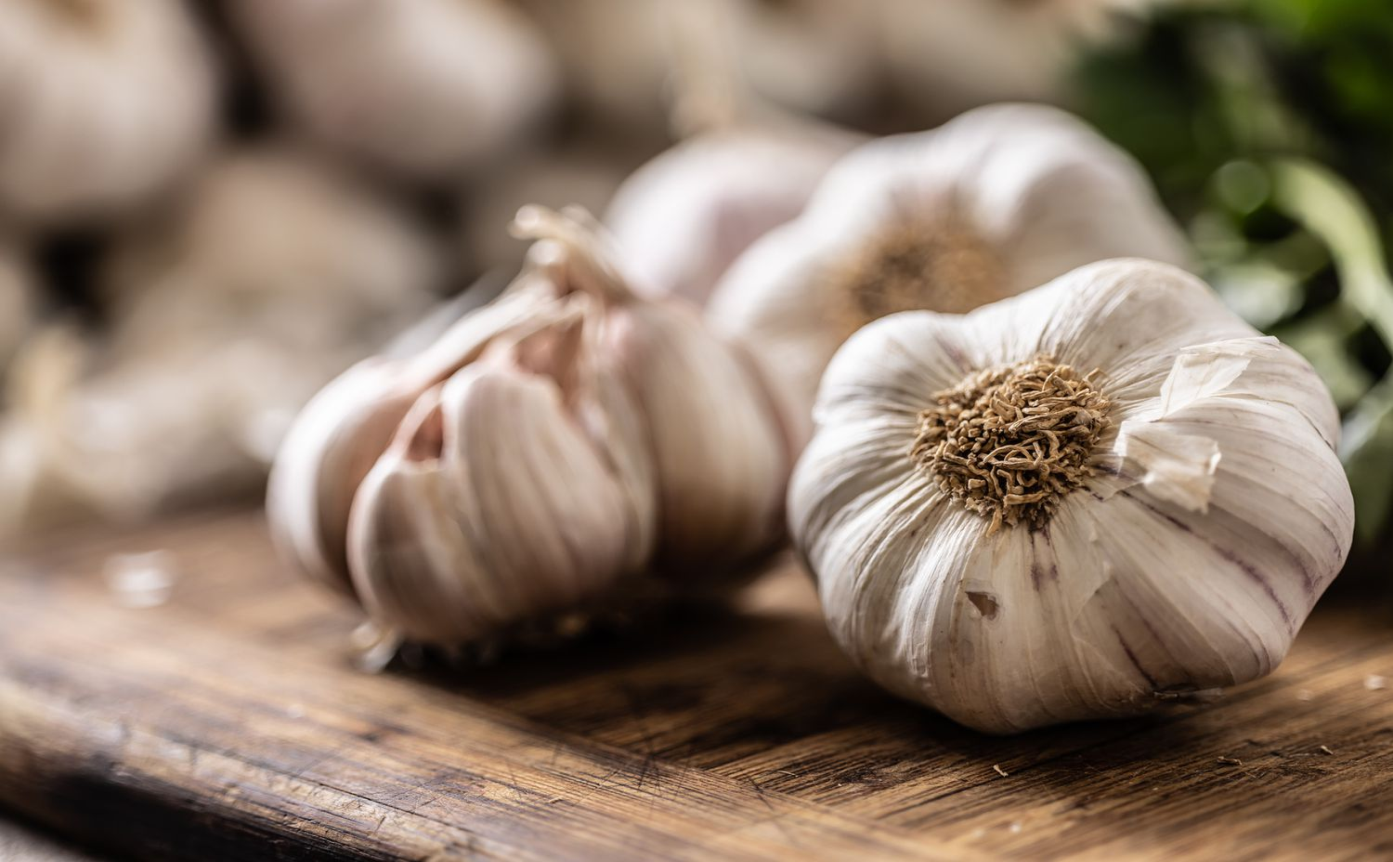Description

Copyright infringement not intended
Picture Courtesy: www.health.com
Context: The increase in garlic prices can be attributed to a combination of factors related to the production and harvesting of garlic crops in India.
Key reasons for the surge in garlic prices and the anticipated trends:
Delayed Harvest of Kharif Crop
- Garlic is cultivated in two main seasons, kharif and rabi. The kharif crop, which is planted between June and July and harvested post-September, experienced a delay in harvesting this year. The slow progress of the monsoon in states like Madhya Pradesh led to the delayed arrival of the kharif crop in the market, starting only towards the end of November instead of the usual September timeframe.
High Demand and Slow Arrival
- The delayed harvesting of the kharif crop resulted in slow arrivals in the market. With demand remaining high and supply limited, prices surged. The delay in the arrival of the crop from major garlic-producing states like Madhya Pradesh had a cascading effect on prices across the country.

Market Dynamics in Mandsaur
- Mandsaur in Madhya Pradesh, the largest garlic market in the country, plays a significant role in determining garlic prices. The slow arrival of the kharif crop in Mandsaur contributed to the overall increase in garlic prices. As of the given information, garlic is trading at a significantly higher price compared to the previous year.
Duration of High Prices
- Traders and market experts suggest that the trend of high garlic prices is likely to continue for some time. Retail prices are expected to remain elevated, ranging between Rs 250-350/kg, until the end of January. The improvement in prices is anticipated only when the arrival of the new crop (kharif) increases.
Impact on Rabi Crop
- While farmers might be tempted to increase the acreage for the rabi crop due to the high prices, the lack of soil moisture poses a challenge. Moisture stress in growing states is expected to lead to a decline in garlic acreage for the rabi season. The overall rabi acreage is down by around 3%, and similar trends are expected in garlic cultivation.
Storage and Availability
- Garlic is typically stored by farmers for gradual liquidation in the market. Lower availability early next year due to moisture stress is anticipated to keep pressure on prices for an extended period.

Conclusion
- The delayed harvest of the kharif crop, coupled with high demand and slow arrivals, has led to a spike in garlic prices. The impact is expected to persist until the arrival of the new crop improves, and market dynamics stabilize.
|
PRACTICE QUESTION
Q. How has inflation impacted the economic landscape in India over the past decade, and what measures are being taken to address its effects on the country's growth and consumer welfare?
|













